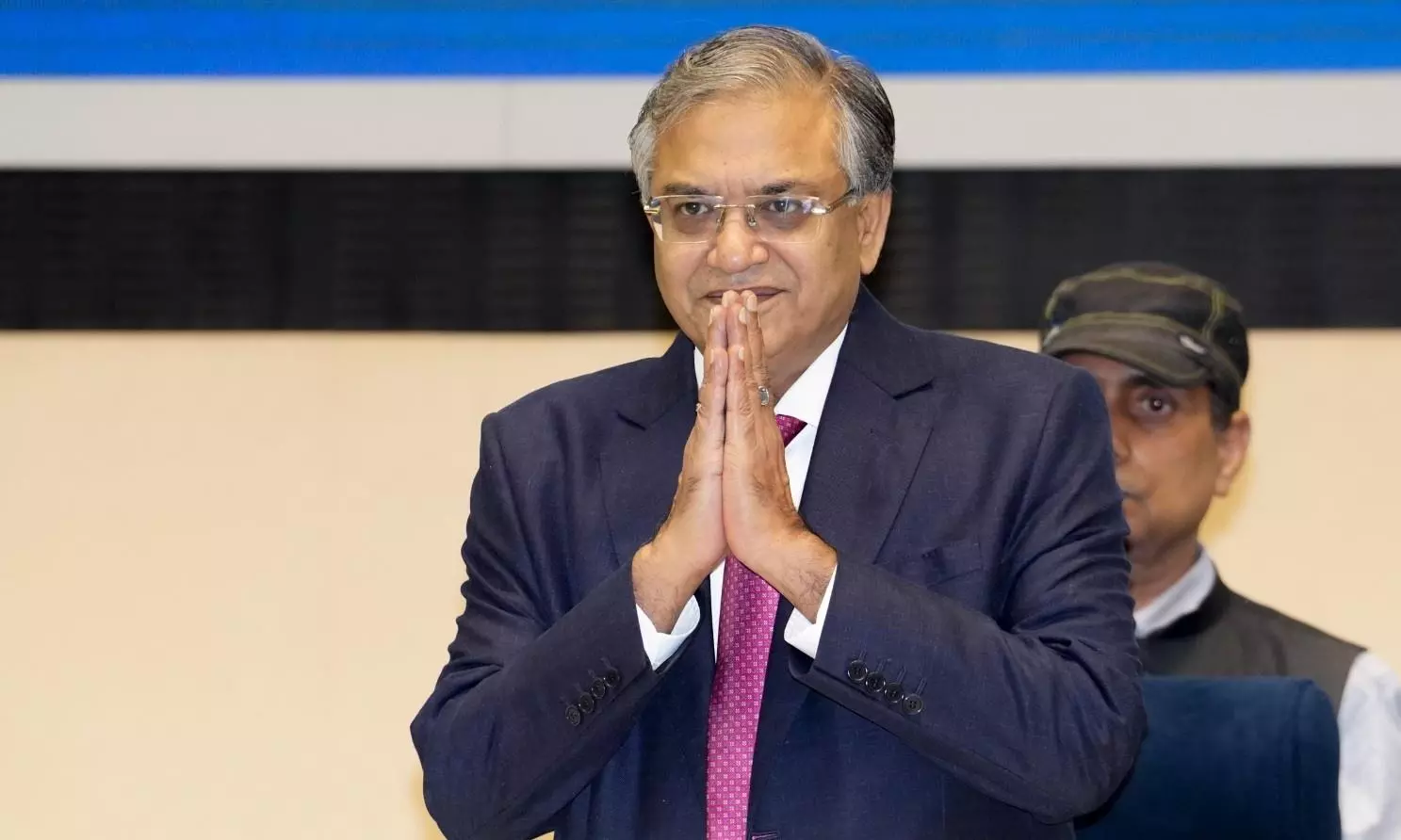
EC to roll out SIR 2.0 in 12 states: Here are 12 things you need to know
Why was Assam left out? Why is this voter list revision significant? What are the key dates for this SIR exercise? What are the conflicts?

Chief Election Commissioner Gyanesh Kumar has announced the launch of phase two of the Special Intensive Revision (SIR) of electoral rolls across 12 states and Union Territories (UTs) between November 2025 and February 2026.
The exercise, aimed at ensuring accuracy and integrity in the voter rolls, will cover over 51 crore voters and is especially significant ahead of the 2026 Assembly elections in Tamil Nadu, Kerala, West Bengal, and Puducherry. Here are 12 things you need to know.
What was the Election Commission's announcement all about?
The Election Commission (EC) has launched phase two of the Special Intensive Revision (SIR) of electoral rolls in 12 states and Union Territories, set to take place between November 2025 and February 2026.
Which states and Union Territories are included in this phase?
The 12 regions covered are:
Andaman & Nicobar Islands
Lakshadweep
Chhattisgarh
Goa
Gujarat
Kerala
Madhya Pradesh
Puducherry
Rajasthan
Tamil Nadu
Uttar Pradesh
West Bengal
Why is this voter list revision significant?
It is especially important as Tamil Nadu, Kerala, West Bengal, and Puducherry are all scheduled to go to the polls in 2026. The revision aims to ensure accurate and up-to-date voter rolls ahead of these elections.
What are the key dates for this SIR exercise?
Enumeration begins: November 4, 2025
Draft rolls published: December 9, 2025
Final rolls released: February 7, 2026
What about Assam? Will it be included in this revision?
No. Assam is excluded for now because it has special provisions under the Citizenship Act. A separate SIR order and date will be issued for Assam, as the citizenship verification exercise (NRC) there is being conducted under Supreme Court supervision.
Has this kind of revision been done before?
Yes. This is the ninth Special Intensive Revision since Independence. The last nationwide SIR took place between 2002 and 2004.
How was phase one of the SIR conducted?
Phase one was conducted in Bihar, and it concluded with zero appeals, indicating a smooth process, according to the EC. The revised list for Bihar, with 7.42 crore electors, was published on September 30.
How many voters will be covered in this second phase?
Phase two of the SIR will cover approximately 51 crore voters across the 12 states and UTs. The primary aim is to ensure clean and accurate electoral rolls, making sure no eligible voter is excluded, and no ineligible or illegal voter is included, the EC says.
Is there a conflict between the EC and any state government over this revision?
The Trinamool Congress expressed concerns in West Bengal, but the CEC insisted that there is no confrontation, and both the EC and the state government are fulfilling their constitutional roles. About Kerala, the EC said that the local body election notification is yet to be issued, so the SIR will proceed as scheduled.
How is the EC coordinating this massive exercise?
The EC has already conducted two conferences with state Chief Electoral Officers (CEOs) to finalise the SIR roadmap. Many states have published their previous SIR voter rolls on official websites for reference.
What is the base data for this revision?
The last SIR list in each state will serve as the cut-off. For example, Bihar used its 2003 list as the base for the current revision. The same would apply for SIR 2.0.
Is this exercise also targeting illegal immigrants?
Yes. A key objective of the SIR is to identify and remove foreign illegal migrants by verifying voters’ place of birth, especially in light of recent crackdowns on migrants from Bangladesh and Myanmar.

